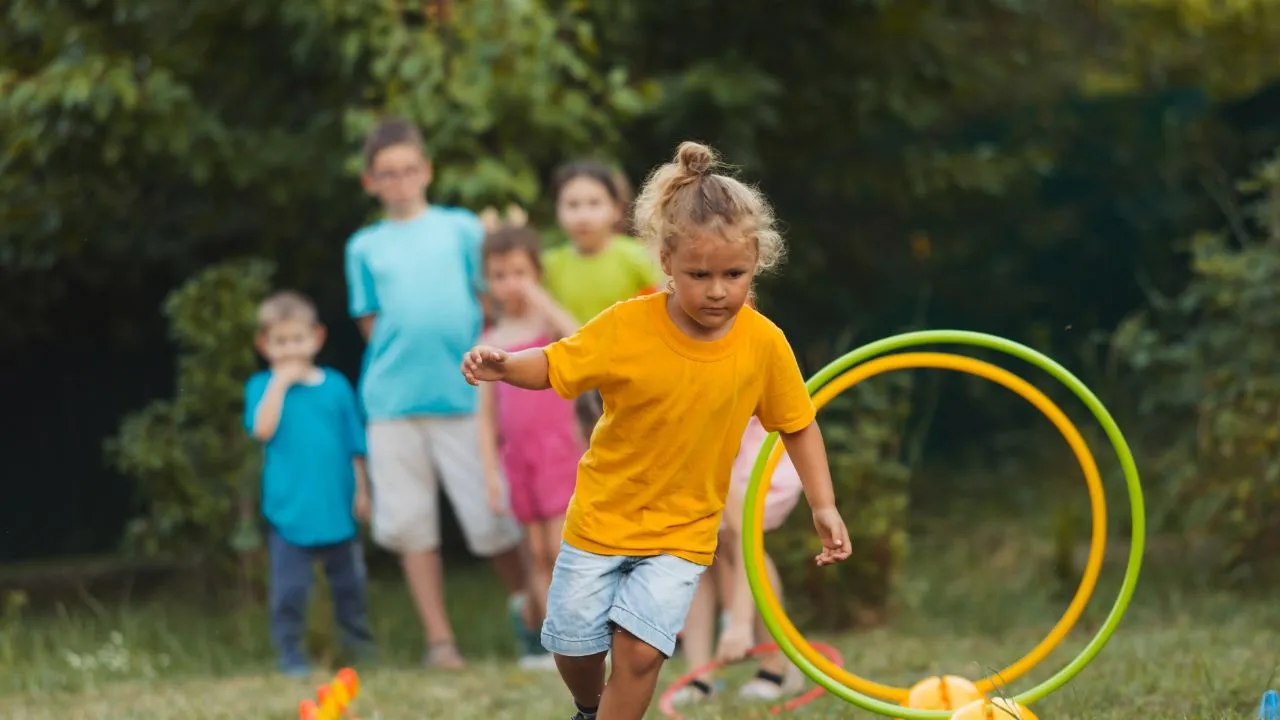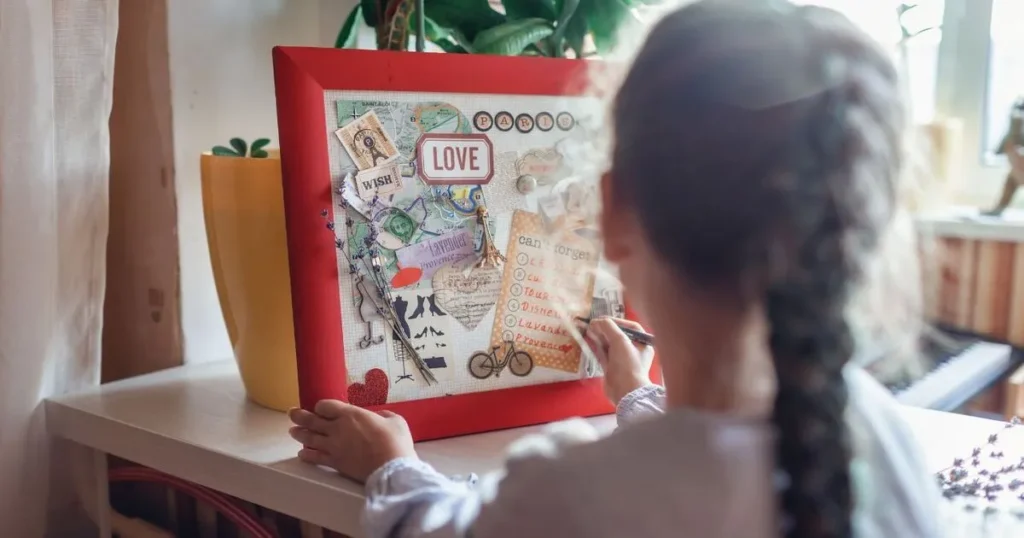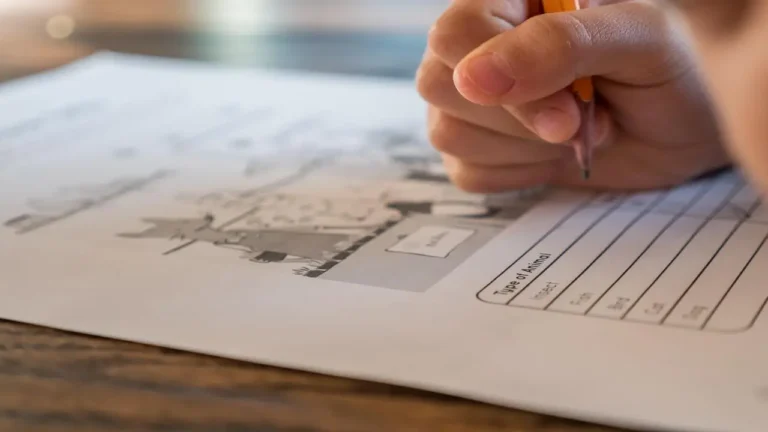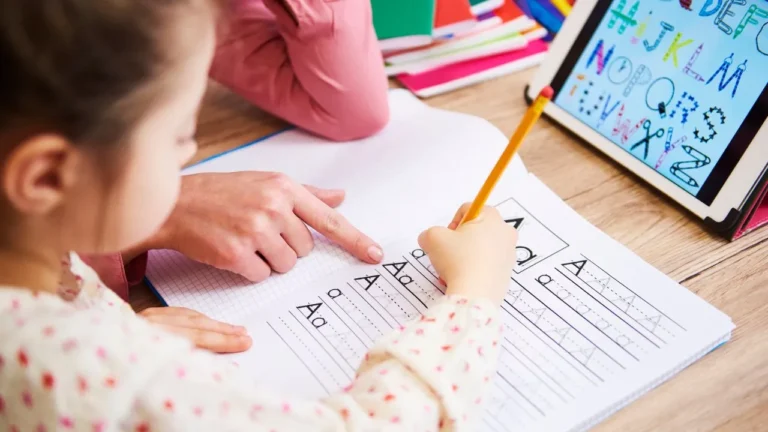Guiding Your Child to Set Goals for the School Year Ahead

As the new school year looms around the corner, parents everywhere are met with the yearly tradition of back-to-school planning. It’s a time of fresh notebooks, new pencils, and the anticipation of a fresh academic start.
But what if we took this natural juncture in the year, not just to purchase the right supplies, but to seize a wonderful opportunity for our children? Enter the “Back to School Planning Guide for Goal-Setting.”
It’s easy to dwell on the tangibles, yet what your child truly hopes to achieve during the school year might lie beneath the surface. It’s more than just the desire to write a five-paragraph essay or to master geometry.
It’s about fostering independence, setting your child up with a positive mindset, and enabling them to strive for things that matter to them.
The exciting journey of a new school year. It’s that time again! Your Back to School Planning Guide wouldn’t be complete without an essential element: teaching your child to set goals. But why focus on goal-setting for the upcoming school year? Let’s dive into this exciting aspect of your child’s academic adventure.
Goal-Setting: A Path to Independence
You see, your child might aspire to finish that enticing chapter book all by themselves or become a math whiz by mastering geometry. Perhaps they’re excited about making new friends, joining an after-school club, or sharing their thoughts more in class. These aren’t merely whimsical thoughts; these are goals that help shape the new school year.
Goal-setting is like handing over a roadmap to your child, showing them the exciting destinations they can reach. By setting goals, they learn they can exert control over their lives, steering towards personal achievement and satisfaction.
And let’s not forget the pure joy of tying those shoes independently or crafting that impeccable five-paragraph essay!
Setting Goals: More Than Just Academics
The beautiful thing about goal-setting? It isn’t merely about academic triumphs. Sure, getting to class on time and perfecting those typing skills are essential milestones. But setting goals also builds character, nurturing your child’s sense of responsibility and motivation.
It teaches them to look beyond the present moment, cultivating an aspirational vision that shapes their future.
And guess what? It’s not just about them. It’s about you too. Planning these goals together provides a special bonding opportunity before the new school year commences. It’s like constructing a unique plan of action, tailored just for them.
Why Now? Why This School Year?
Think of the new school year as a fresh start. It’s the perfect time to introduce this skill. Setting back-to-school goals can transform your child into a self-directed learner. Even better, they’ll pick up life skills like intention, productivity, organization, follow-through, and strategic thinking. The journey of setting goals is like planting seeds for a fruitful academic year.
So, as you prepare for the hustle and bustle of the new school year, why not set aside some time with your child to dream, plan, and aspire together? It could be the most valuable addition to your Back to School Planning Guide. Importance of Teaching Children to Set Goals
Explaining What It Means to Set Goals
You know that spark in your child’s eyes? That little glimmer when they talk about wanting to master the geometry shapes, or perhaps a longing gaze at a soccer ball, dreaming of scoring goals like their favorite player. We, as parents, witness these dreams taking shape in their minds and hearts.
Setting goals, dear reader, isn’t just about aiming for something grand or trivial. It’s a magical journey where aspiration turns into the fuel to accomplish something meaningful.
Have you noticed how your little one becomes increasingly motivated when they set out to tie their shoes all by themselves? They’re learning independence. They’re learning to take control. These are the seeds of intention, organization, and strategic thinking.
Remember the night before back-to-school? How you and your child would strategize, organize, prioritize? These weren’t just preparations; these were short-term goals leading to the long-term mission of a successful academic journey.
It’s an exercise in flexible thinking, a lesson in problem-solving, and sometimes, a training in coping with disappointment. After all, not every plan goes exactly as we hope.
So when we talk about setting goals, we’re inviting our children to think critically, to aim, to aspire, and most importantly, to follow through. Whether it’s mastering a new subject or simply getting to class on time, each goal is a step towards success.

Instructing in the Vocabulary Used to Set Goals
Now, let’s take a moment to define the very essence of goal-setting. The language of goal-setting might seem complex, but let’s simplify it, shall we?
Imagine your child watching a soccer game. The players hustle, maneuver, strategize, and finally, score a goal. That’s a tangible example of a goal – an end result after tremendous hard work.
However, setting a goal is more than just kicking a ball into a net. It’s about chunking goals, brainstorming to refine them, and setting feasible goals. It’s about planning, visual reminders, motivational aids, celebrating progress, and indeed, embracing the entire journey towards success.
Sports analogies can be incredibly helpful in teaching these terms. Goal formulation is similar to a soccer goal. It’s about taking various shots, trying different angles, developing a plan, until finally, the ball finds its way into the net.
But dear parent, let’s not forget the emotional part of it. Goals are personal; they are tied to our dreams and our very essence. We must teach our children not only to aim but to embrace the process, to enjoy the journey.
Setting goals is a dance between the mind and the heart. It’s a path towards learning, growing, and most importantly, becoming. A goal, dear reader, is a beautiful dance of the soul, where every step is a learning experience, every twirl a celebration, and every stumble a lesson in resilience.
In the end, it’s about nurturing an environment where our children can flourish, not just academically, but as thoughtful, creative, and empowered individuals. That’s what it means to set goals, and that’s the language we teach.
Engage in Dialogue, Not Merely Lecturing, About How to Set Goals
Understanding the language of goal-setting isn’t merely about instructing your children on what they ought to achieve.
No, it’s more engaging and collaborative. Imagine you and your child are playing a friendly match of soccer. In this game, the soccer goal represents their ambition, their dreams. When you’re playing soccer, you don’t just kick the ball aimlessly; you strategize, organize, prioritize, and aim for the goal.
But wait, don’t just talk; listen. Empower them with independence, ask open-ended questions, allow them to formulate their intention, and help them see the bigger picture. It’s like explaining the rules of the game, letting them dribble the ball, and watching them score a goal.
That’s the power of not merely lecturing but engaging them in a dialogue that stimulates critical thinking, creativity, and flexible problem-solving.
Collaboratively Set Goals Through Brainstorming
So how can you move from aspiration to accomplishment? Enter brainstorming. Think of it as a fun session where you both kick around ideas, much like a soccer ball, finding the sweet spot that resonates with them.
Inquiries for Setting Goals Together
What are the essential questions in this process? Start with identifying their academic passions, recognizing their strengths, or areas they might like to focus on this year. Encourage them to think about new skills or subjects they’d like to conquer.
Picture it as a sports practice session, where they experiment with different techniques, guided by your attentive coaching. Keep the conversation going, a lively back-and-forth, until a few compelling goals emerge, both short-term and long-term.
Assisting in Fine-Tuning the Goals Set
Now, the art of refining goals. It’s like selecting the right equipment for the game. Too lofty or unrealistic goals might be overwhelming, but with careful attention, you can guide them to craft feasible goals that are still inspiring. This stage of goal formulation may include “chunking goals” into smaller, related targets, ensuring that they are not only aligned with their grade level but also spark excitement.
Creating a Blueprint to Set Goals
This is the strategic thinking phase. Develop a plan. Break down those grand goals into smaller steps, create a to-do list, schedule, and set up visual reminders. It’s like setting up practice drills, creating a game plan, and equipping them with motivational planning aids to enhance their productivity and follow-through.
Crafting a Tangible Prompt for the Goals Set
Finally, the joy of crafting a tangible prompt. It’s the roadmap, the playbook of the game. Here, think about the visual cues, the exciting graphics, the daily reminders that keep them motivated.
This stage is about making those back-to-school goal-setting dreams come alive visually, nurturing their confidence, teaching them to cope with disappointment, and celebrating every milestone, big or small, with a cheer that resonates success.
From aspiration to accomplishment, you’re now equipped to guide your child through the rich, rewarding journey of setting and achieving goals. Embrace the challenges, celebrate the successes, and watch them grow into independent, motivated, and productive thinkers, ready to conquer their academic journey.
Aids for Planning That Motivate in Goal Setting
Imagine your child aspires to be a soccer star, and you’re there beside them. It’s not just about that final thrilling score, is it? The game requires strategic thinking, a series of short-term goals, and a well-defined long-term mission. You start with a clear intention, organize your tactics, and strategize your plays.
Think of goal-setting in much the same way. From the early stages of brainstorming to the final moments of accomplishment, every step matters. Visual reminders are the motivational planning aids that guide your child’s academic journey. Whether it’s a goal board resembling a soccer goal or a ladder worksheet, the language of goal-setting becomes tangible.
Breaking these dreams down into manageable bits or “chunking goals” allows your child to prioritize and follow-through. They can refine their goals, make them feasible, and develop a plan with your support.
Motivational Planning Tools for Goal-Setting:
These tools cater to different learning styles and interests, offering a broader range of engagement and involvement in the goal-setting process.
Commend Achievements in the Process of Setting Goals
Do you remember that cheer when your child first rode a bike? That pride you felt? Setting and achieving goals is no different. Celebrate progress and success. Praise their effort as they climb their goal ladder, one rung at a time.
Offer encouragement, but also stand by them if there are obstacles. Coping with disappointment is part of growth. Teach them to be flexible, think critically, problem-solve, and most importantly, learn from every experience.
Final Word From TKS on the Journey to Set Goals
Back-to-school goal-setting is a profound process. It fosters independence, productivity, and organization in children. They become the engineers of their academic journey, setting the pace, adjusting as needed, and enjoying the thrilling moments of accomplishment.
Keep in mind, even unfulfilled goals are valuable lessons. Each attempt teaches them something new, and the next round of goal formulation will likely be more fruitful.
Remember, just as in sports, setting goals isn’t just about the final score. It’s about the game, the play, the strategy, and the joy of the journey. It’s about guiding your child to aspire, organize, strategize, and finally, accomplish. It’s the legacy of wisdom and resilience that you pass on to them.






